
Cult cinema is an extremely broad term. By definition, cult classics are films that have acquired a subculture or a following that keep the film alive for the years to come. These films are often unsuccessful or misunderstood upon initial release, but gain more traction within certain communities of film watchers later on.
Many cult films have attained such a devoted following that they get pushed toward canonized classic movie status, like The Rocky Horror Picture Show (1975) or A Clockwork Orange (1987). Other films, meanwhile, develop such an esoteric following by such a finite group of cinephiles that the films face total obscurity.
Once the canon of essential cult films has been seen, it’s hard to know which of the thousands of more obscure films are worth one’s time. This list explores a handful of such lesser known, less acknowledged cult classics that deserve far more attention.
1. Godzilla: Final Wars (2004)
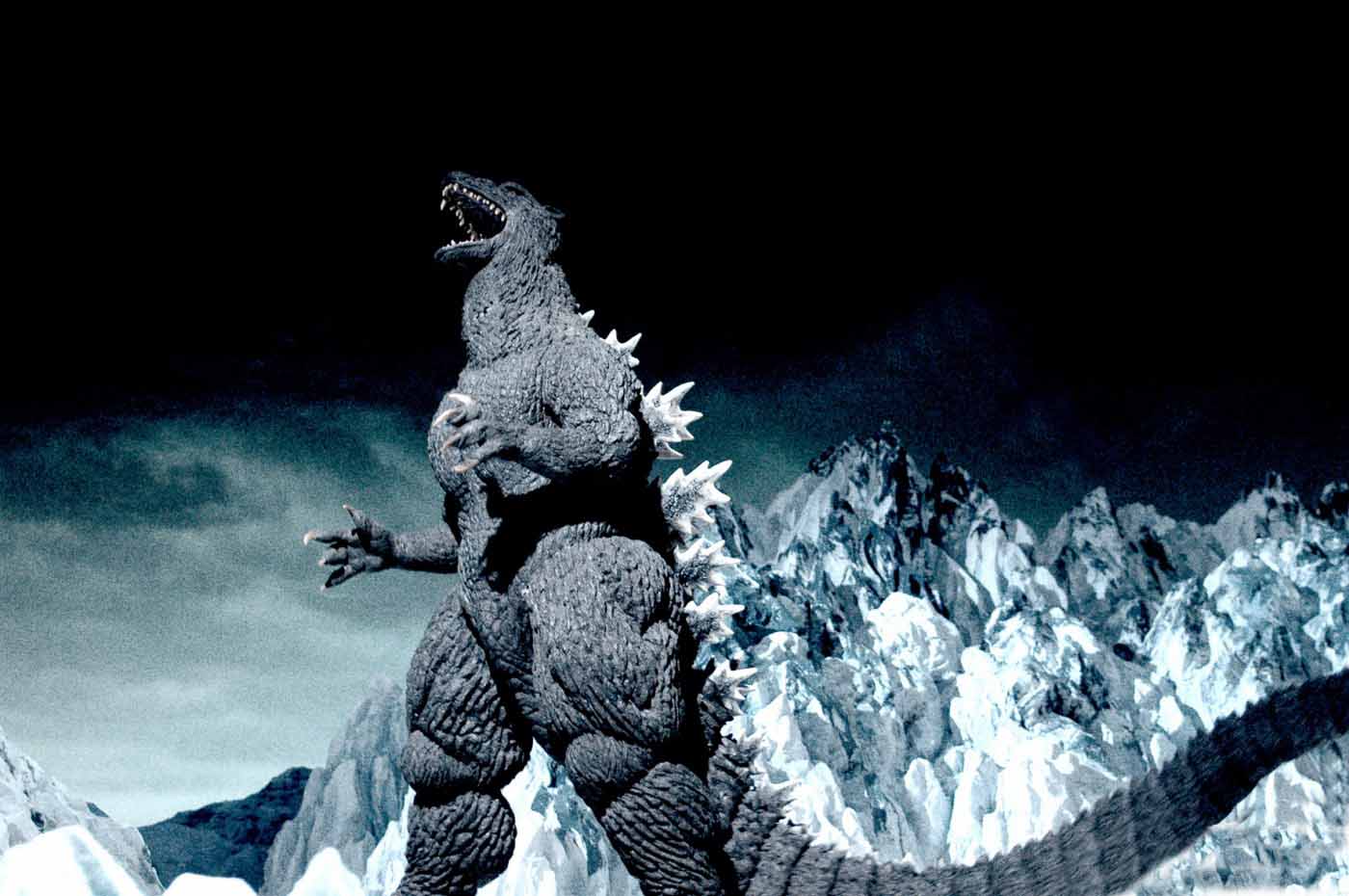
With the inclusion of the newer American series, the Godzilla franchise has been running strong for over 60 years across three distinct periods: the Showa era, Heisei era, and Millennium era.
Godzilla: Final Wars was the last film of the Millennium era, and it was supposed to be the last Japanese Godzilla film ever made (until Hideaki Anno took a crack at the iconic monster with Shin Gojira (2016)). Being the final, true Godzilla film for the time, Final Wars serves as the ultimate send-off for one of cinema’s most iconic characters.
Released 50 years after the original Gojira (1954), the film essentially pits Godzilla against almost every foe he had fought in the past, along with a menacing new one called Monster X. Godzilla even has a hilarious encounter with the pitiful 1998 American Zilla. Meanwhile, the Earth Defense Force of superhuman mutants must help Godzilla in defeating the evil alien race of Xiliens from taking over the earth to harvest humans as a food source.
Directed by Ryuhei Kitamura of Versus (2000) and Azumi (2003) fame, Godzilla: Final Wars is in some ways the ultimate kaiju film. Take every Godzilla film ever made, put it in a blender, shoot it like a 90s nu-metal music video and a live-action anime adaptation, and you’ll get something close to Godzilla: Final Wars. It’s absolutely bonkers.
The film has the campiest setup and the most delirious fight sequences in the entire franchise. It takes all the tropes and clichés of the previous films and pushes them to their logical extreme.
It all may just seem to be two hours of mindless fan service to the uninitiated, but Godzilla: Final Wars is much more than that. It’s the peak of the franchise in terms of sheer audacity and the perfect summation of all 28 films preceding, and it really needs to be seen to be believed.
2. G.I. Samurai (1979)
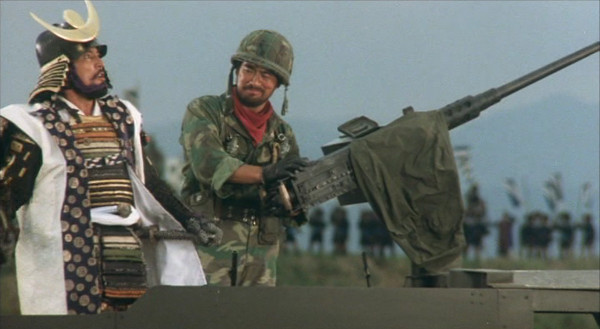
G.I. Samurai is a 1979 Japanese action/samurai crossover from director Kôsei Saitô, based on a novel by Ryo Hanmura. The film is perhaps most notable for starring the iconic cult martial artist Sonny Chiba… and for its absolutely ridiculous premise.
A group of Japanese soldiers led by Lieutenant Yoshiaki Iba (Chiba) on patrol with a tank, helicopter, patrol boat, and other military essentials are abruptly and magically teleported back in time to feudal warring Japan. The troop befriends a local warlord and together they wreak havoc upon the ancient countryside.
Of course, the troop eventually gets antsy and wants to return home. The solution? Kill a bunch of people to create a time paradox so the gods will send them back to the future… climaxing in one of the longest, most ridiculous and bloody fights in cult cinema history. Samurai vs. army. Genius.
The film is worth watching for the audacity and ambition of its premise alone – and somehow, it totally works. Chiba plays the Lieutenant with a classic tough-as-nails gusto. The relationship between him and warlord Koizumi is sappy and wonderful (cue montage of Sonny Chiba and Koizumi riding horses on the beach in slow motion). It’s a wacky and wonderful exploitation flick that’s unfortunately been forgotten in a sea of other Japanese genre films.
3. Brain Damage (1988)
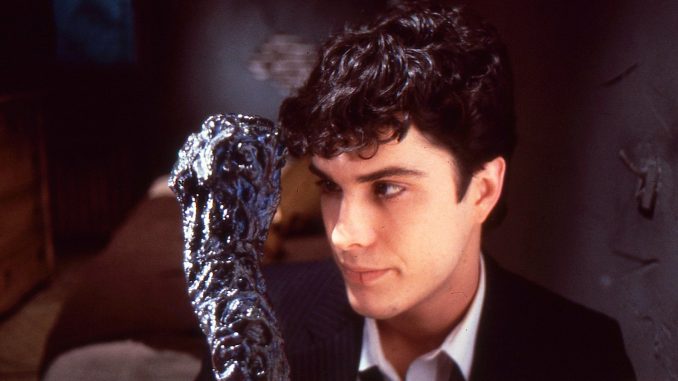
Though this is an undoubtedly silly film with initially poor critical reception, and though it is easily overshadowed by Henenlotter’s more famous Basket Case (1982), Brain Damage is essential viewing for anyone interested in horror comedy and B-movies as a whole.
A young man named Brian contracts a talking leech-like creature on the back of his neck named Aylmer. Aylmer offers his host ecstatic hallucinogenic trips, which Brian is quickly addicted to, in turn for one small favor: brains. While Brian is under the influence of Aylmer’s trip, he mindlessly prowls the neon night streets, murdering unsuspecting outcasts of society to feed the smooth-talking Aylmer.
Aylmer proves to be an iconic and hilarious horror creature, voiced expertly by John Zacherle. The film is effectively photographed to generate a lush, urban, nocturnal atmosphere – Henenlotter captures the fervent nightlife texture of the big city and the surreal, drugged-out mindscape of Brian.
The film’s special effects, though modest, deliver on the sticky, gooey, gory goods, and there are some very memorable and ridiculous kills throughout the film (i.e. the infamous Aylmer blowjob scene). Brain Damage serves simultaneously as a solid allegory for addiction as well as a fun, stylized ‘80s gore fest.
4. The Streetfighter (1974)
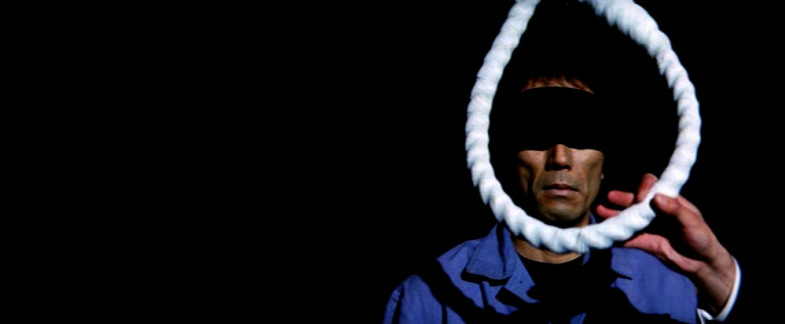
This is the film that really put Sonny Chiba on the map as a martial arts star to be reckoned with. While actors like Bruce Lee utilized a level of style and grace to tackle their foes, Chiba takes them down with apathetic brute force and a sneering face, like a wild animal. The film was a success in America, spawning two sequels and a spin-off series called Sister Street Fighter.
The film follows Chiba as an amoral karate master named Terry Tsurugi who, with a rather affecting change of heart, decides to do the right thing and save a businessman’s daughter from the yakuza.
What ensues is a series of brutal and over-the-top encounters with wacky villains and mindless goons. Quentin Tarantino undoubtedly pulled from The Streetfighter in the making of his own films; this is one of the director’s favorite grindhouse films, after all.
The Streetfighter was the first movie to be released in the U.S. with an X rating slapped on it solely for violence, and even if the film is a little tame by today’s standards, it sure does earn the title. Skulls are crushed, limbs are broken, bright red blood flies everywhere.
At one point in the film, Chiba literally rips off a rapist’s testicles and stares at the bloody clot of underwear in his hands like he’s about to explode from constipation and rage. But outside of the hilarity and carnage, The Streetfighter serves as an excellent exercise in catharsis.
Chiba plays the ultimate anti-hero: a heartless man that, just this once, does something good in his own violent way, and goes down fists-blazing in the process. At the end of the day, nothing says badass like Sonny Chiba, dressed in all black, crunching the bones of all that cross his path.
5. Infra-Man (1975)
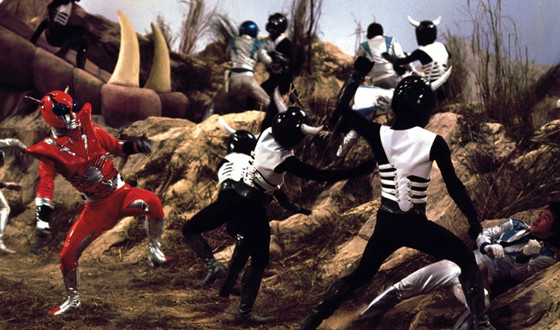
Though the iconic Hong Kong studio Shaw Brothers historically focused on cranking out iconic cult martial arts films like Five Deadly Venoms (1978) or The 36th Chamber of Shaolin (1978), they also were not prone to turn down an opportunity for an easy cash grab.
Infra-Man is an example of such a cash grab film, serving as the studio’s answer to Japan’s success with tokusatsu series like Ultraman. A knock-off though it may be, Infra-Man is an absolute blast to watch, and it might even surpass Ultraman in its visceral, candy-colored schlocky goodness.
The plot is simple enough. After eons of slumber, the evil Princess Dragon Mom (yes, you read that correctly) rises again to conquer the earth with her onslaught of mutant goons. Only the super-powered Infra-Man can stop her.
Explosions, acrobatics, earthquakes, laser fights, kung fu, giant monsters, robots, tentacles, skeleton armies… Infra-Man really does have it all. There’s never a dull moment. It’s a ridiculous and campy flick that plays something like the physical manifestation of an ADHD 8-year-old boy’s notebook doodles. It’s childish, goofy, and just loads of fun.